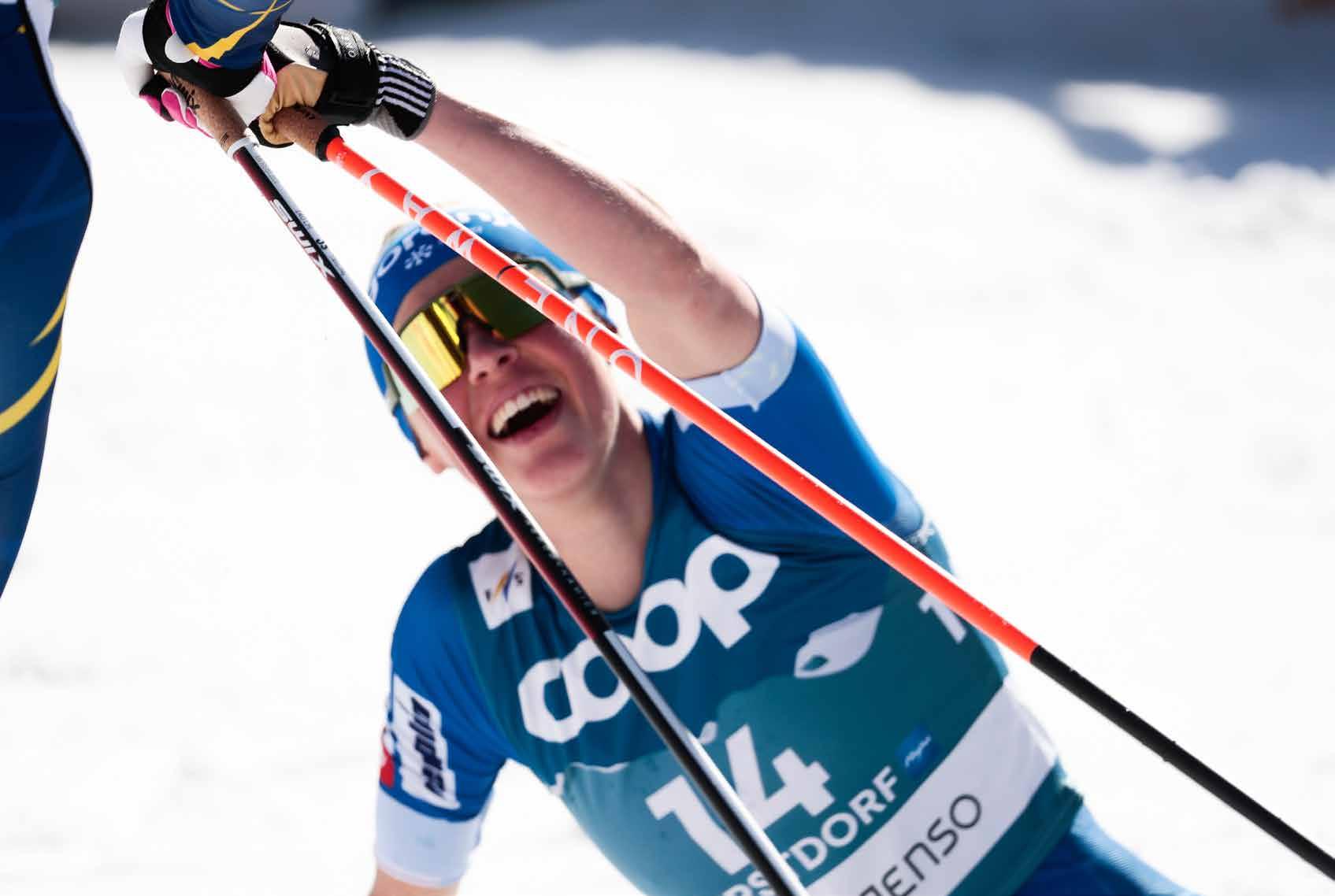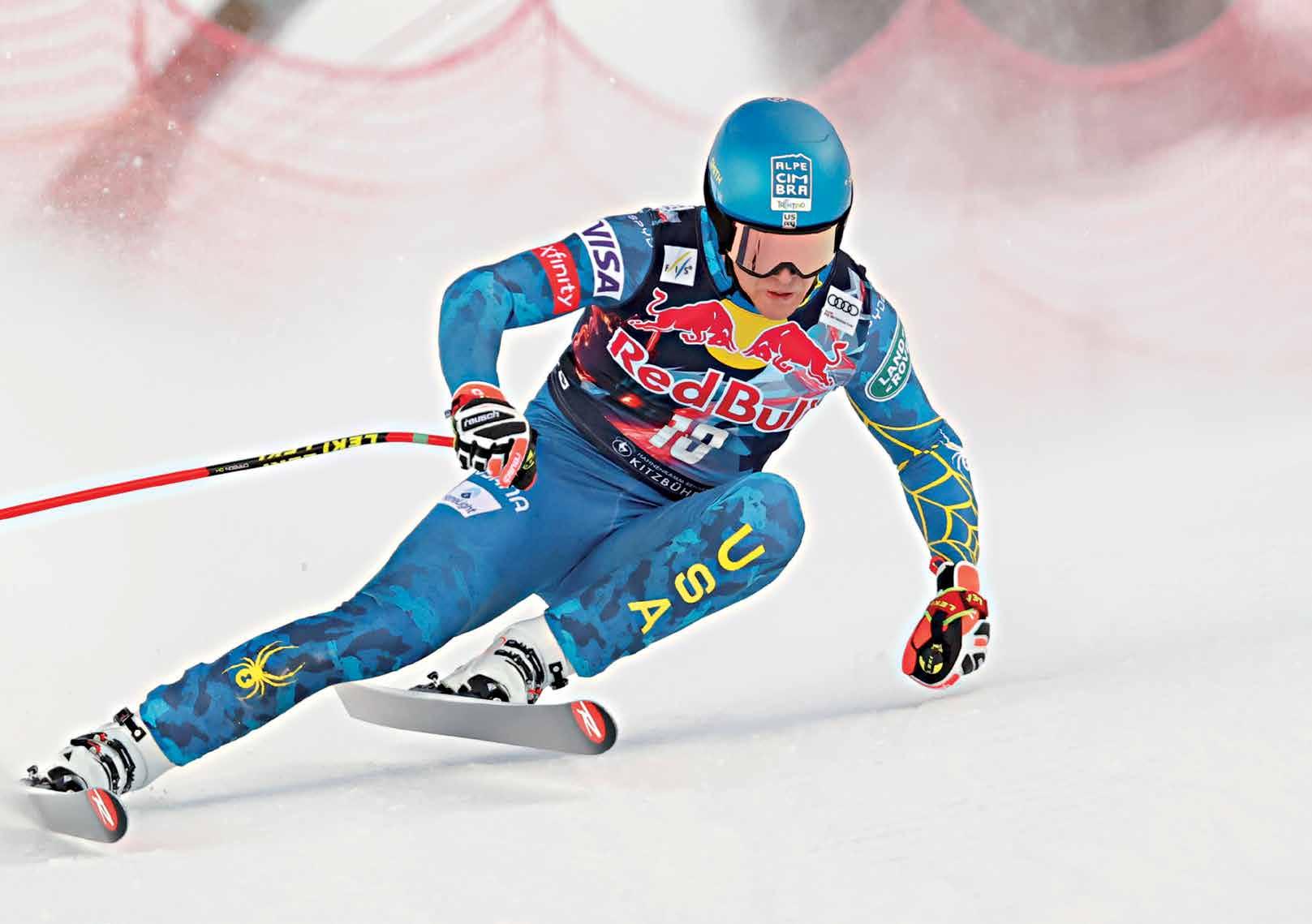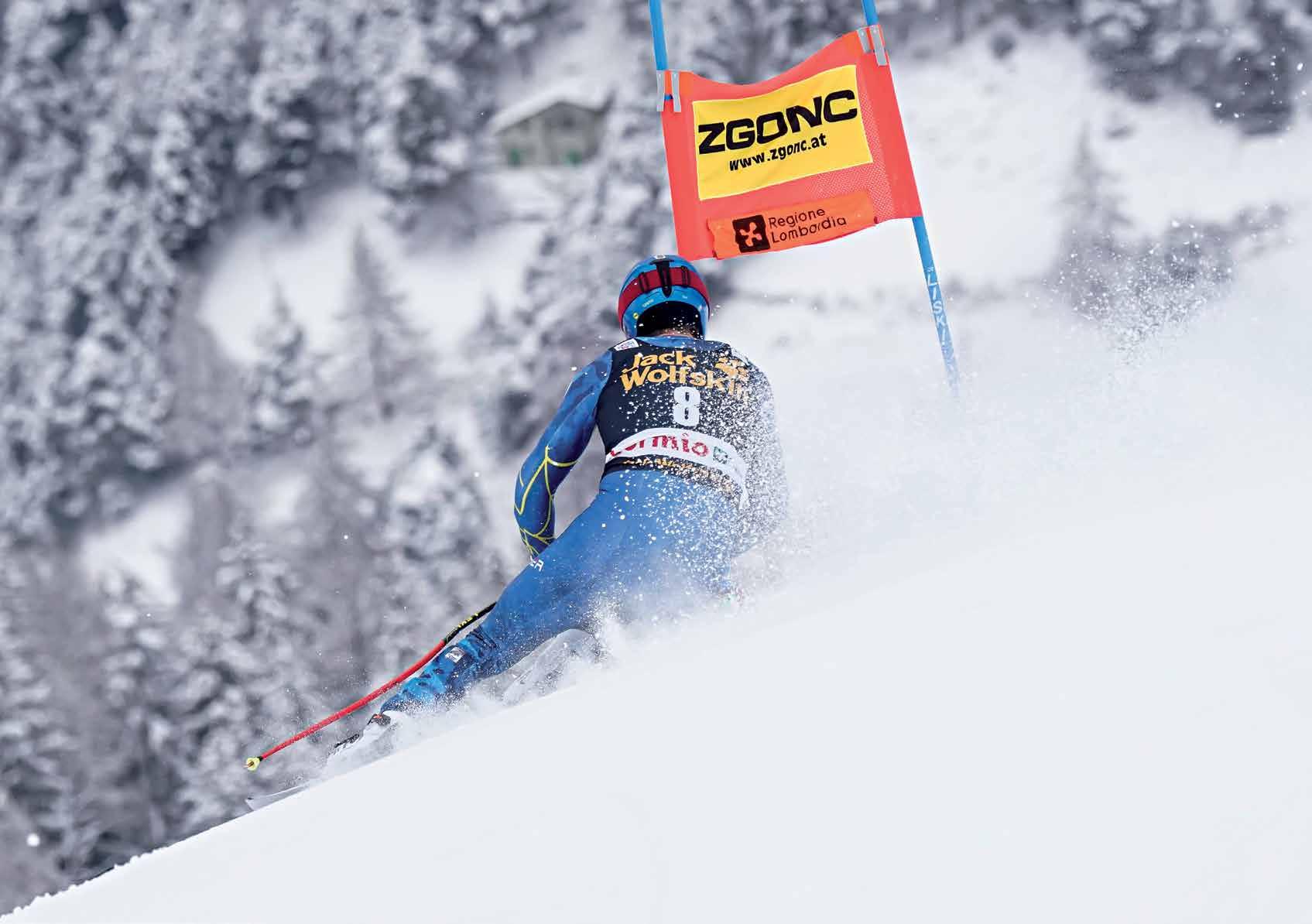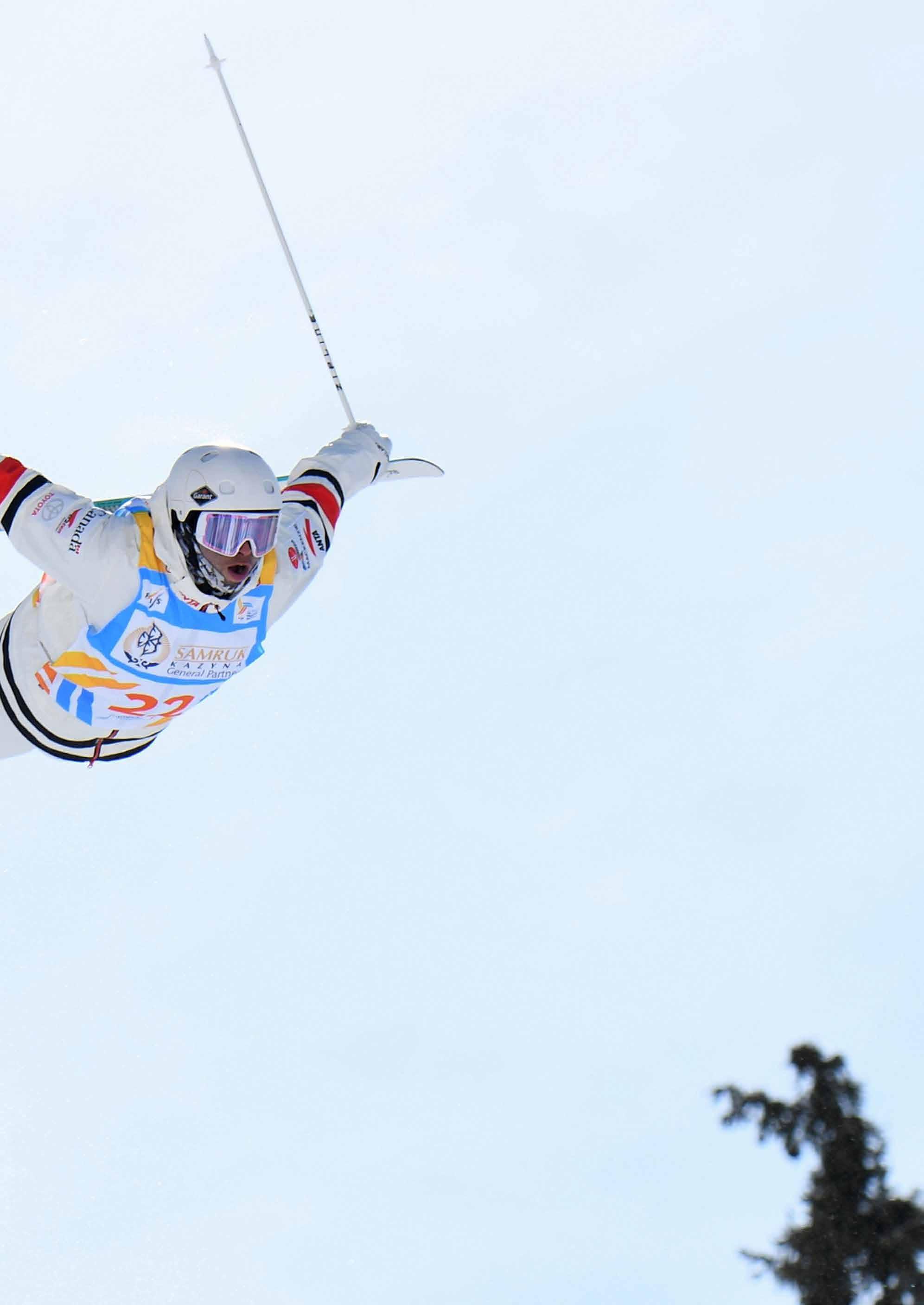
4 minute read
New ways to engage fans on the horizon
from FIS Bulletin 2021
by FIS
MarkETing uPDaTE
by Jürg capol
Advertisement
nEw wayS TO EngagE FanS On ThE hOrizOn
Keeping fans engaged is a key to bouncing back from the Covid-19 pandemic. Whether fans watch on-site or consume FIS events at home, winter sports play an integral role in creating a sense of togetherness. During the height of the pandemic, FIS was able to deliver events, and winter sports were received positively.
In the simplest of terms, there are three main income streams for winter sports at World Championships and World Cup levels: broadcasting (sales of media rights), commercial (sponsorship and advertising partnerships) and day revenue (ticketing, merchandise and hospitality). The growth potential of these three is ensured by deeper engagement with consumers (fans and spectators). The reality in all sports – and winter sports are no exception – is that the more eyeballs watching the disciplines, the greater their value.
The current clutter in winter sport media and marketing rights also does not make it easy to attract big international brands to make an overall commitment. Nevertheless, as part of a community of common interests, FIS needs to be in a position to exploit jointly commercial and media rights.
It is clearly evident the sports landscape will be different five years from now. Although we cannot take for granted the impact of having fans on-site, the number of consumers who are not present will always be greater than those at the venue.
The absence of “real” sport resulting from the pandemic presents an opportunity for virtual technologies to grow. Immersive technologies will enable fans to experience events as if live, without having to be physically present – an idea that once may have been unimaginable but now seems more realistic.
With some government restrictions preventing fans from physically interacting with their favourite sports, there is clear evidence FIS is relying on social media channels
and digital platforms to maintain fans’ relationships with heroes and competitions. How fans engage with sports and athletes continues to change, therefore new thinking and models are required for FIS to stay relevant to its fans and other consumers.
Although FIS had established a relationship with the Alpine-centred App We4ski, it was not possible to develop this offering as most alpine resorts were not operating.
Consequently, FIS focused on the WE4SKI NORDIQ App. Cross-country fans all over the world were on their skis aiming to reach the goal of skiing several hundred thousand kilometres together, while at the same time in competition with one another.
In keeping with the motto ‘Low on Emissions – High on Energy’, the WE4SKI NORDIQ App offered those using it the opportunity to practise their favourite sport from February 26th-May 2nd 2021. The We4Ski mass event brought together digital and physical activities to connect skiers across the northern hemisphere. Participants were able to track their activity on the snow, compete globally or for their team, and compare their performances across relevant disciplines with other winter sports enthusiasts.
Other initiatives are being investigated to better understand fans of winter sports and engage with them more closely in coming seasons.


FiS cOMMunicaTiOnS uPDaTE

by Jenny wiedeke
DigiTal TOOlS kEEP rEPOrTErS anD FanS inFOrMED
The Covid-19 pandemic had a major impact on all areas of the sports industry. This was especially true for those working in sports communications. Naturally, many of the consequences were negative, but the situation also provided opportunities for innovation and change.
Thankfully, FIS had a full arsenal of digital tools at its disposal during this disrupted period and was able to serve journalists from near and far via the use of online technology. Additionally, ski fans could still directly engage with FIS sports, events and athletes through various social media channels.
Thanks to the advantages of digital media, the overall reporting figures for last season were very positive, despite fewer events staged and less content produced.
Looking ahead, no one knows how reliant the sports world will continue to be on digital media tools. From a pure operational aspect, many of the so-called Covid workarounds could prove to be enduring. Having team captains’ meetings and press conferences streamed online proved to be a far more efficient way of operating, and several journalists have asked for this mode of delivery to be continued in the future.
Of course, the wish is that journalists return to cover races on-site, but with travel costs increasing and financial pressure on many media outlets growing, it is important FIS stands ready to serve journalists both on-site and off. Responding to the pandemic has allowed FIS to accelerate those efforts.
The athletes also did an excellent job of increasing their presence on social media to provide fans with more insights into their lives during the pandemic. This was especially evident in the joint ‘Inside the Bubble’ series shot with athletes during the FIS Alpine World Ski Championships in Cortina (ITA). It provided a look at what life was like for the athletes on tour.

Athletes will continue to be at the heart of FIS communications efforts. FIS will look for new ways to collaborate with them in order to feed fans’ hunger for more information about the people behind the goggles. Athletes are at the heart of everything FIS does and their stories should be told.
Although FIS hopes the world returns to some sort of normal, it also is aware there will be no going back to pre-2020. FIS will be well-prepared for what lies ahead.

TiTlE EvEnTS









